Perched on the edge of Omishima Island in the Setouchi region of Japan, the striking design of the Toyo Ito Museum is a uniquely eye-catching introduction to the renowned architect’s creativity. Surrounded by mikan mandarin orange trees and overlooking the waters, the human-made architectural designs manage to perfectly complement the rolling hills and rocky edges of the surrounding landscape. The area is dotted with numerous artworks and museums, including Ito’s museum, and combined with the effects of the Setouchi Triennale, has attracted attention from art and architectural design lovers.
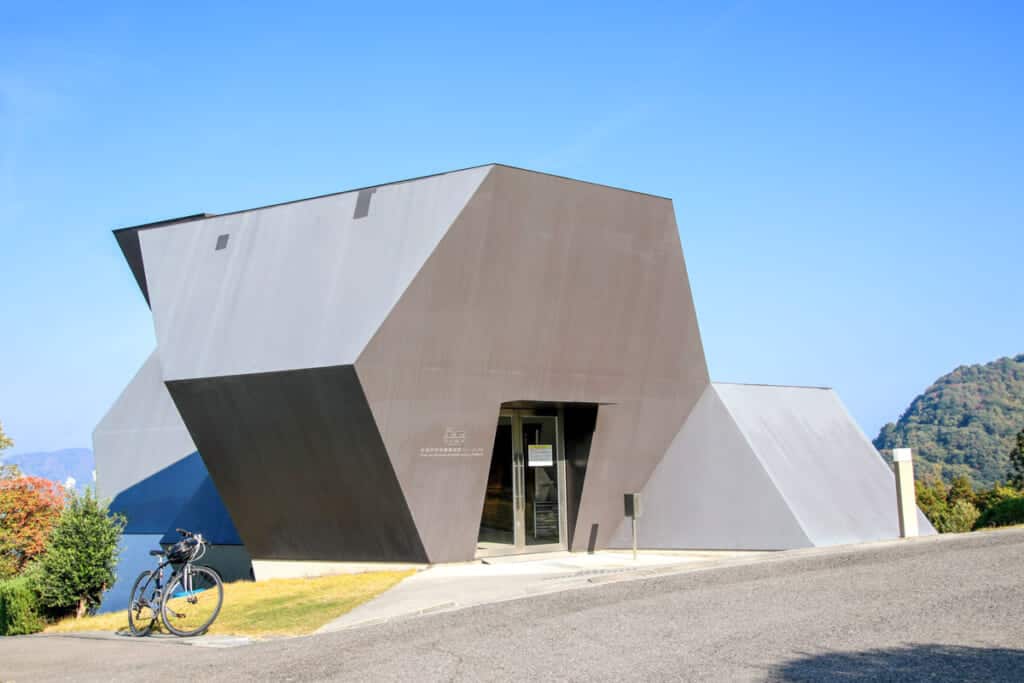
The Creation of the Toyo Ito Museum of Architecture
Invited to create an annexe to the neighbouring Tokoro Museum and long keen to open a school for young architects, Pritzker Prize-winning architect Toyo Ito created the Toyo Ito Museum. A newcomer to Omishima Island, he was struck by the area’s beauty and sensed an innate power in the land and proceeded to design the main museum hall, known as the Steel Hut, inspired by the surroundings. His workshop, the Silver Hut, was transported from its original site at his home in Nakano, Tokyo and had won the Architectural Institute of Japan Award. Located on a slope, the museum also offers a beautiful view of the Seto Inland Sea.
The Steel Hut: Exploring Ito’s Creations
Known for eschewing physical and social constraints in his designs, Ito has expanded his creations across the globe in recent years, from the lauded International Museum of Baroque in Mexico to the Taichung Metropolitan Opera House in Taiwan. In Japan, he is famous for the Silver Hat, his former residence, as well as the Minna no Ie (House for Everyone), which he designed in collaboration with young architects after the 2011 Tohoku earthquake. Made of metal with an angular shape, the Toyo Ito Architectural Museum seems to evoke the image of a ship’s hull, powerfully rising from the island landscape.
Inside, the geometric shapes abandon traditional room-design, instead, leading visitors through connected bubbles of creativity and moments of design. There is a permanent collection introducing his career as well as the pieces installed outside. In the indoor exhibition space, visitors can browse through displays that focus on designer’s concepts, process and final completion of his work. There is also a permanent outdoor area that introduces his works through the use of video, photographs, and models. The museum provides an environment where visitors can think about their own connection to architecture, create their own themes to the works, and learn about Ito’s architecture and designs.
The Silver Hut: A School for Architects
A quiet pavilion open to the sea breeze, the Toyo Ito Museum’s Silver hut is a place of serenity as well as creativity. There are three main sections including an archive of drawings, an open-air workshop space, and a second open-air section with furniture designed by Teruaki Ohashi for the hut’s original form. Taking a few minutes to appreciate the view, it was impossible not to enjoy the added elements lent by the building’s design. Shadows mapped the ground from carefully-placed columns, and the broad arches framed the already spectacular view.
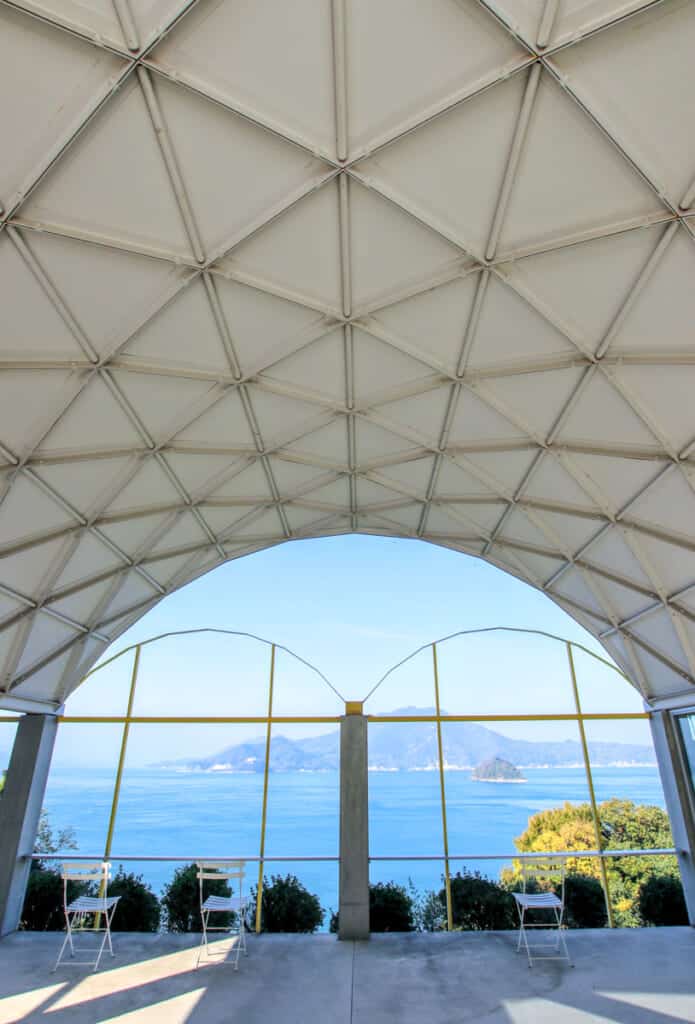
A notable reminder of the Setouchi region’s connections to the world of architecture and design, the Toyo Ito Museum is a surprise, but most certainly a welcome one. Whether it’s an architectural pilgrimage or a stop-off on the Shimanami Kaido cycling route, it’s a worthy destination for all. Managing not to compete with but instead, to complement its host landscape, it highlights the importance of symbiotic design, a key element of Toyo Ito’s hallmark style.
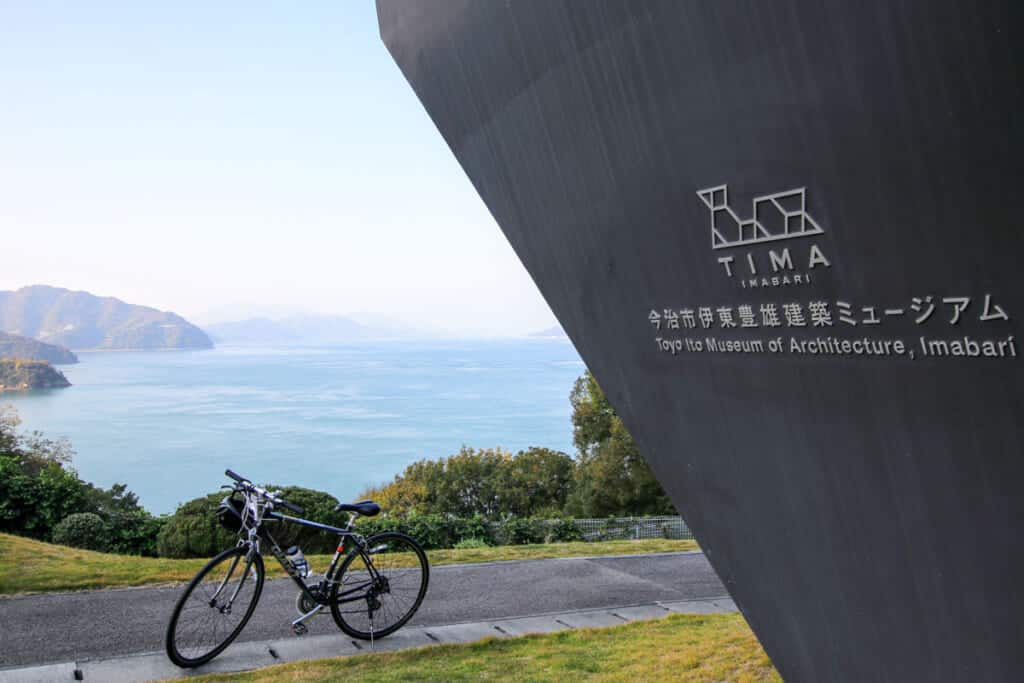
How to Access the Toyo Ito Museum
It takes approximately 55 minutes to drive from Onomichi or 2 hours and 20 minutes from Hiroshima station to Toyo Ito Museum.
| Location: 2418, Urado, Omishima-machi, Imabari, Ehime 794-1308 |
| Phone: +81 897-74-7220 |
| Open Hours: 9:00–17:00 Closed on Mondays and 27 December to 31 December. On Mondays that fall on public holidays, the museum is closed the next working day. |
| Admission: Adults (18 – 64), 840 yen |
Sponsored by Setouchi Shimanami Kaido Activation executive committee
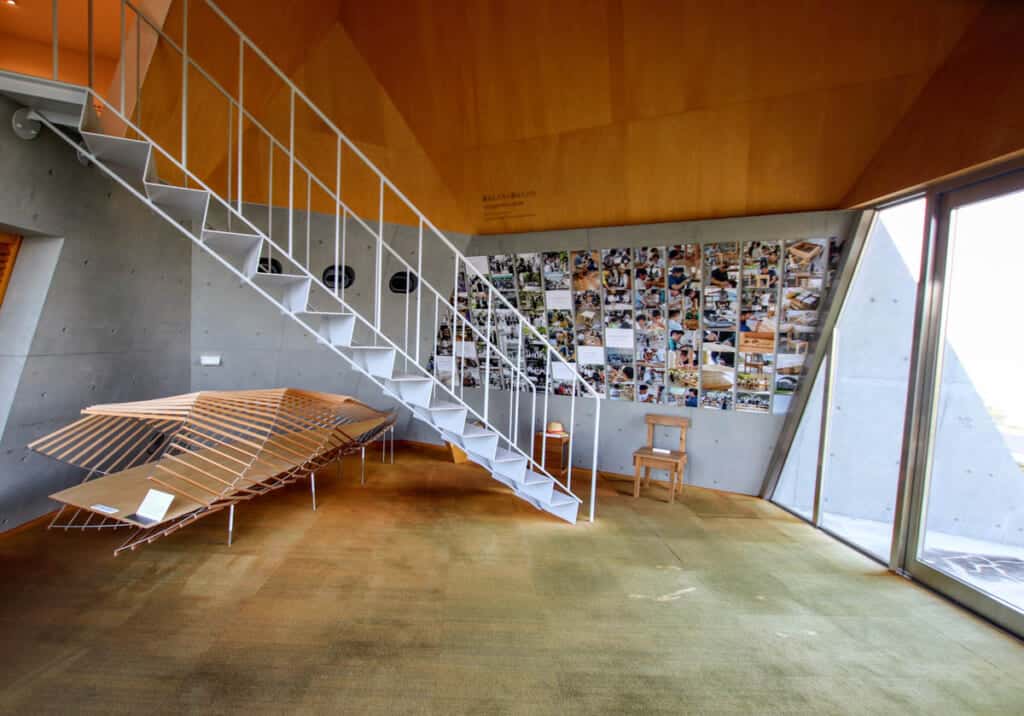
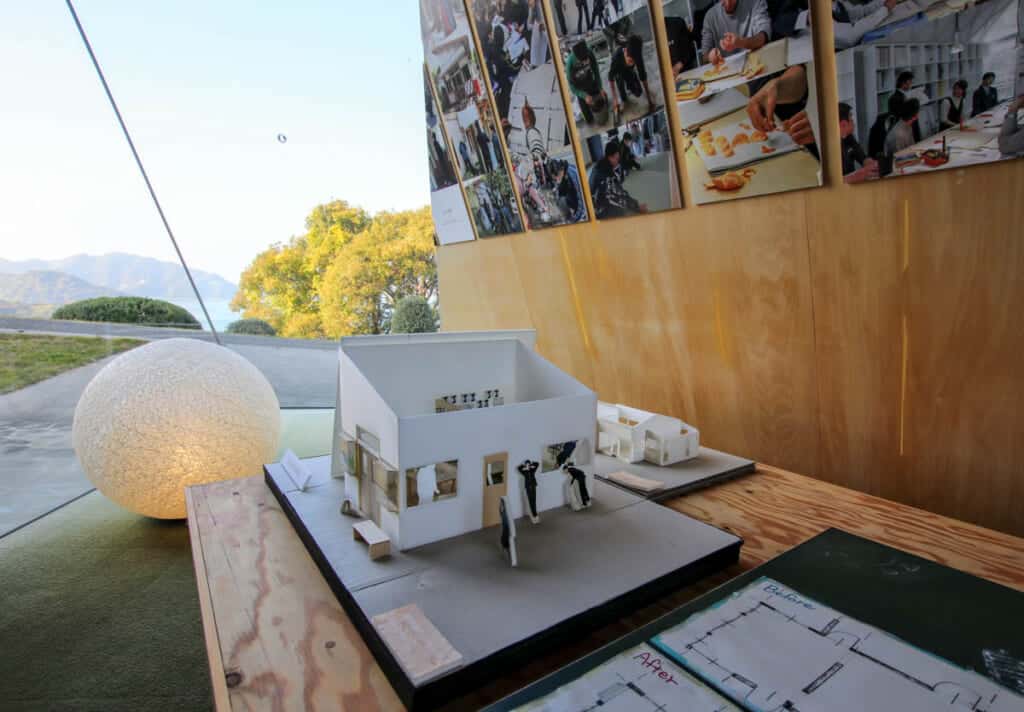
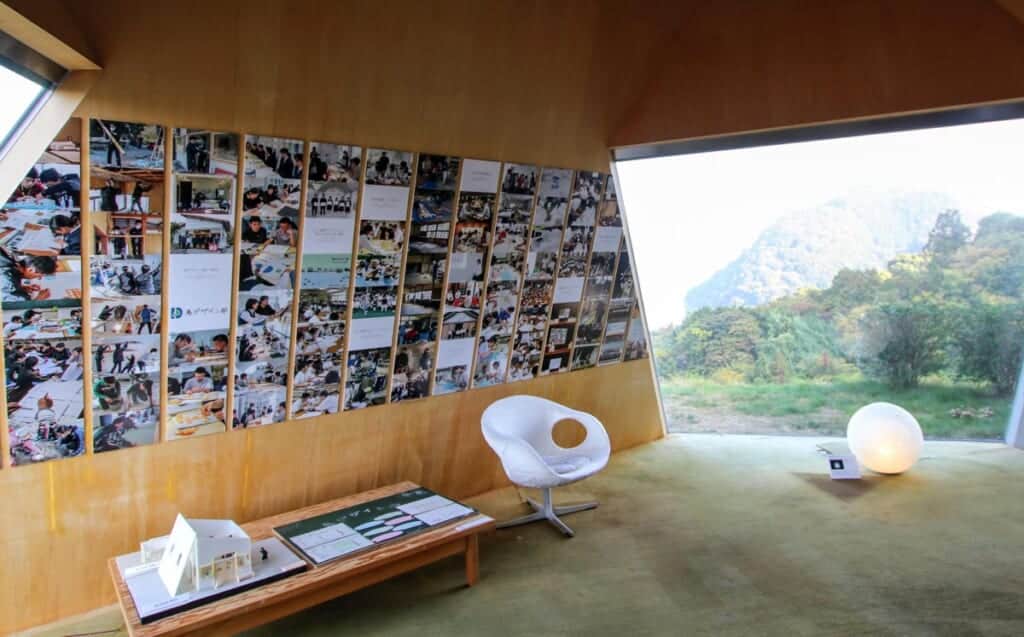
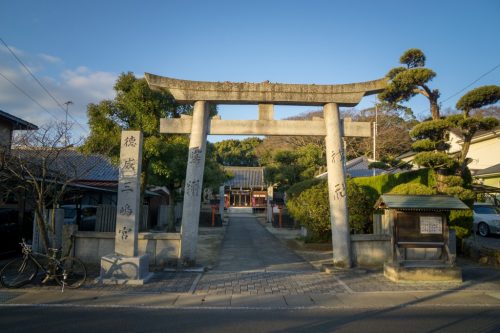
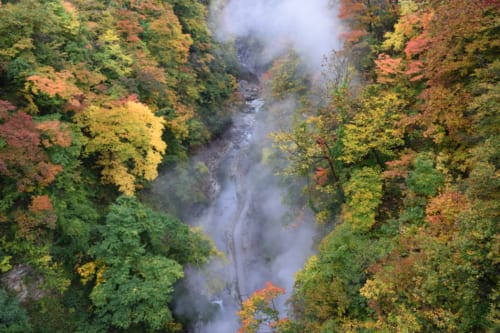
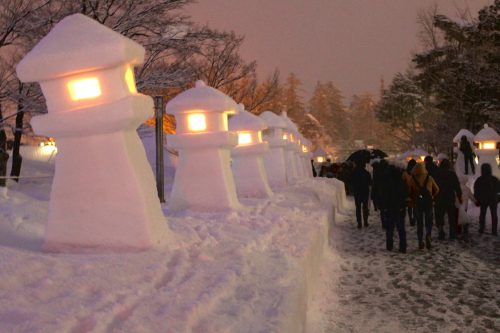
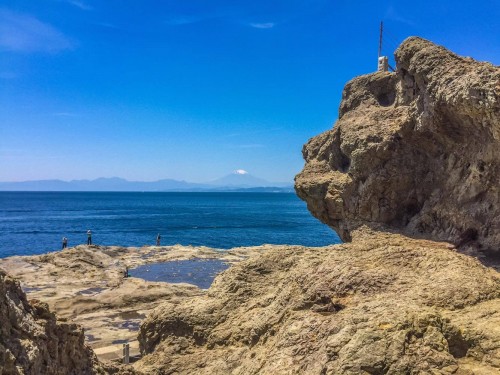
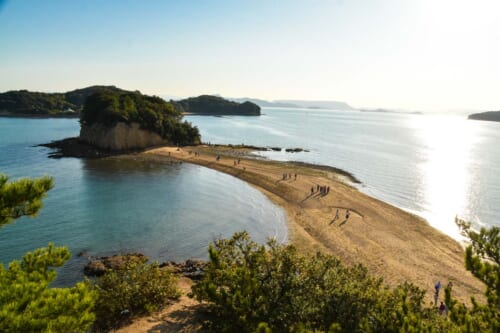


No Comments yet!